This project is one of three projects of the master thesis: „Experiments on Human-Computer Interaction through electrical body part stimulation“ where each project combines the given hardware and technology of a TENS (transcutaneous electrical nerve stimulation) unit with various theoretical aspects.
This way not only the human can operate the device, but the device itself can use the human as an interface.
The computer within the enclosure is a Raspberry Pi(3) connected to a camera module. It is continuously running an image classifier script that is analyzing the currently seen picture. When the classifier gets results of over 95% for a high-quality image, it sends out a signal to the connected TENS unit.
A neural network was trained beforehand on a dataset consisting of images labeled as high- or low quality. Transfer learning was used as a training method. The trained weights were then transferred to the Raspberry Pi.
Google’s Inception Model, which is a neural network specialized on image classification was used.
The dataset used for this particular application is called CUHKPQ and consists of 17,613 images. They were obtained from a variety of online communities and are divided into seven semantic categories. They were also labeled in categories of high- and low-quality pictures. A photographic community has done this by hand.
The programing language is Python(3).
The software library that was mainly used in this particular project is TensorFlow.
A TENS unit within the enclosure is responsible for the electrical impulse that is sent to the user. Every time the classifier is satisfied, it sends a signal and electrical current starts flowing between the electrodes on the handle and the user’s hand causing the index finger to twitch.
The button underneath the index finger then gets pressed and the digital camera takes a picture of the current scene.
Because every person reacts differently to the electrical impulse one can change the intensity of the TENS unit by turning the knob until the contraction of the hand becomes unavoidable.
The TENS unit is powered by a 9V battery while the Raspberry has to be connected to a power bank that is placed underneath the handle.
Aluminum tape extends the electrodes on the handle. It runs around the back of it to cover a larger area ensuring enough current to run through the user.
There is no need to attach anything additional to the user. The user gets automatically connected to the two electrodes by just holding the handle.
 Peter Buczkowski
Peter Buczkowski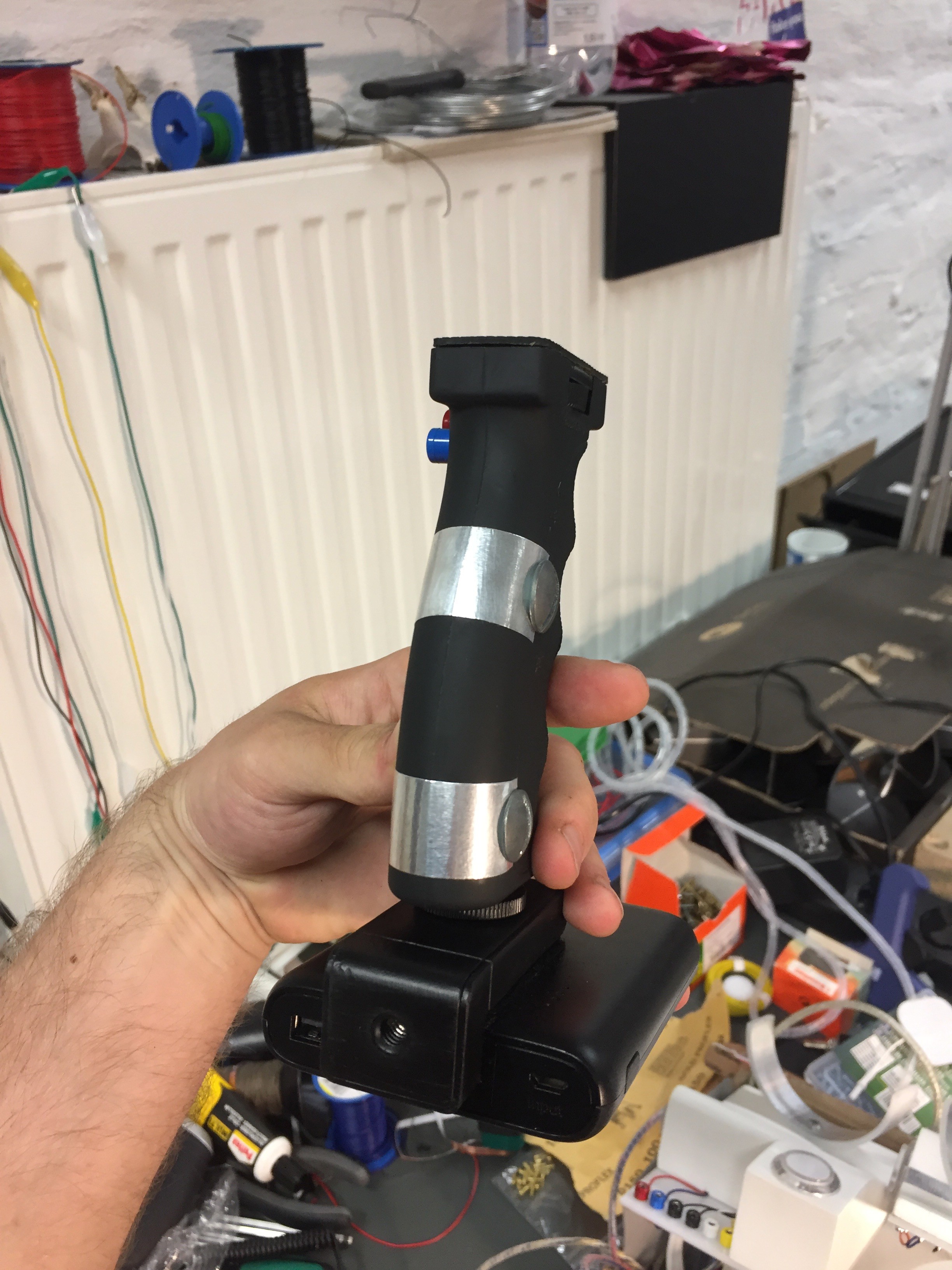

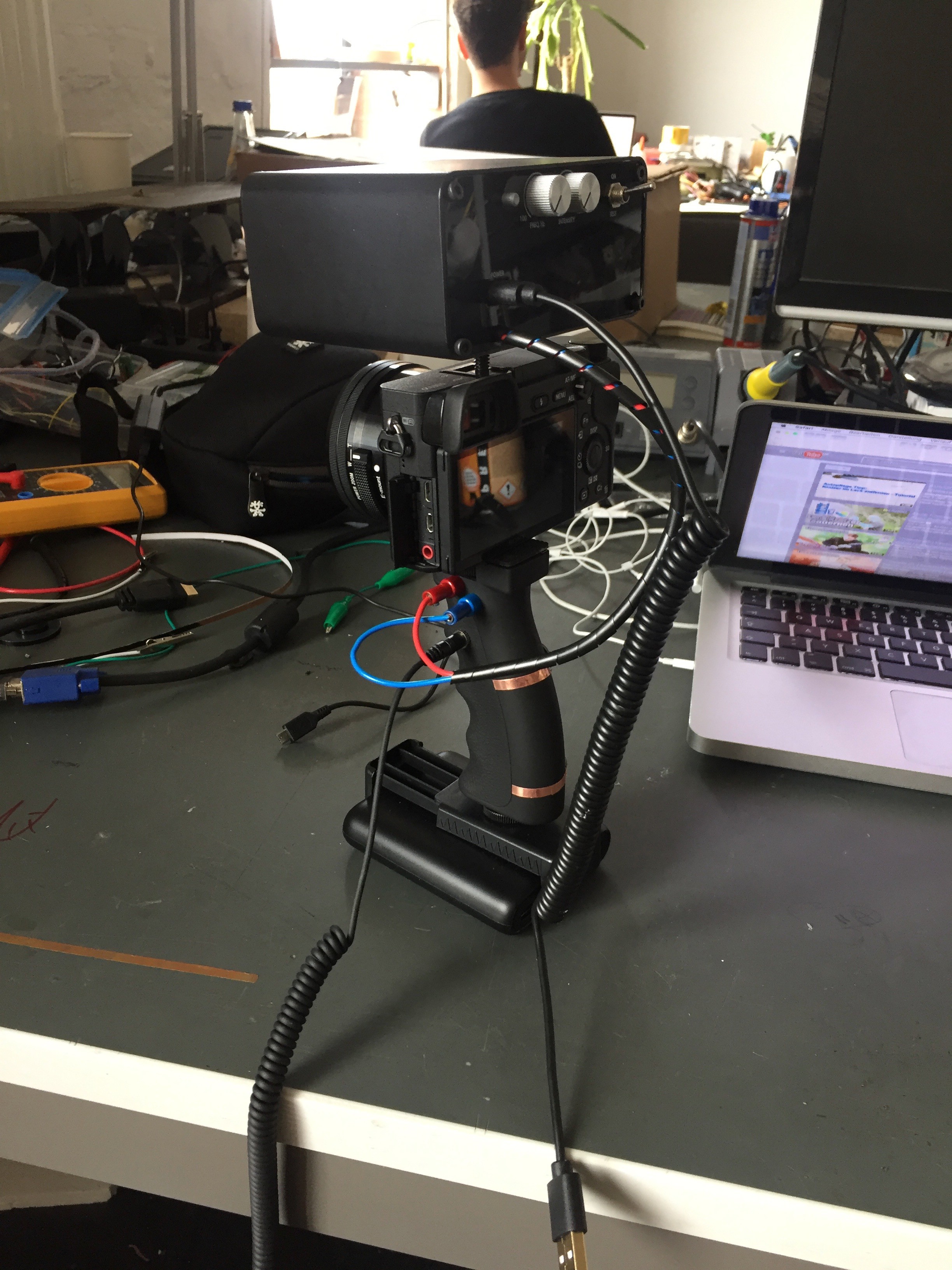
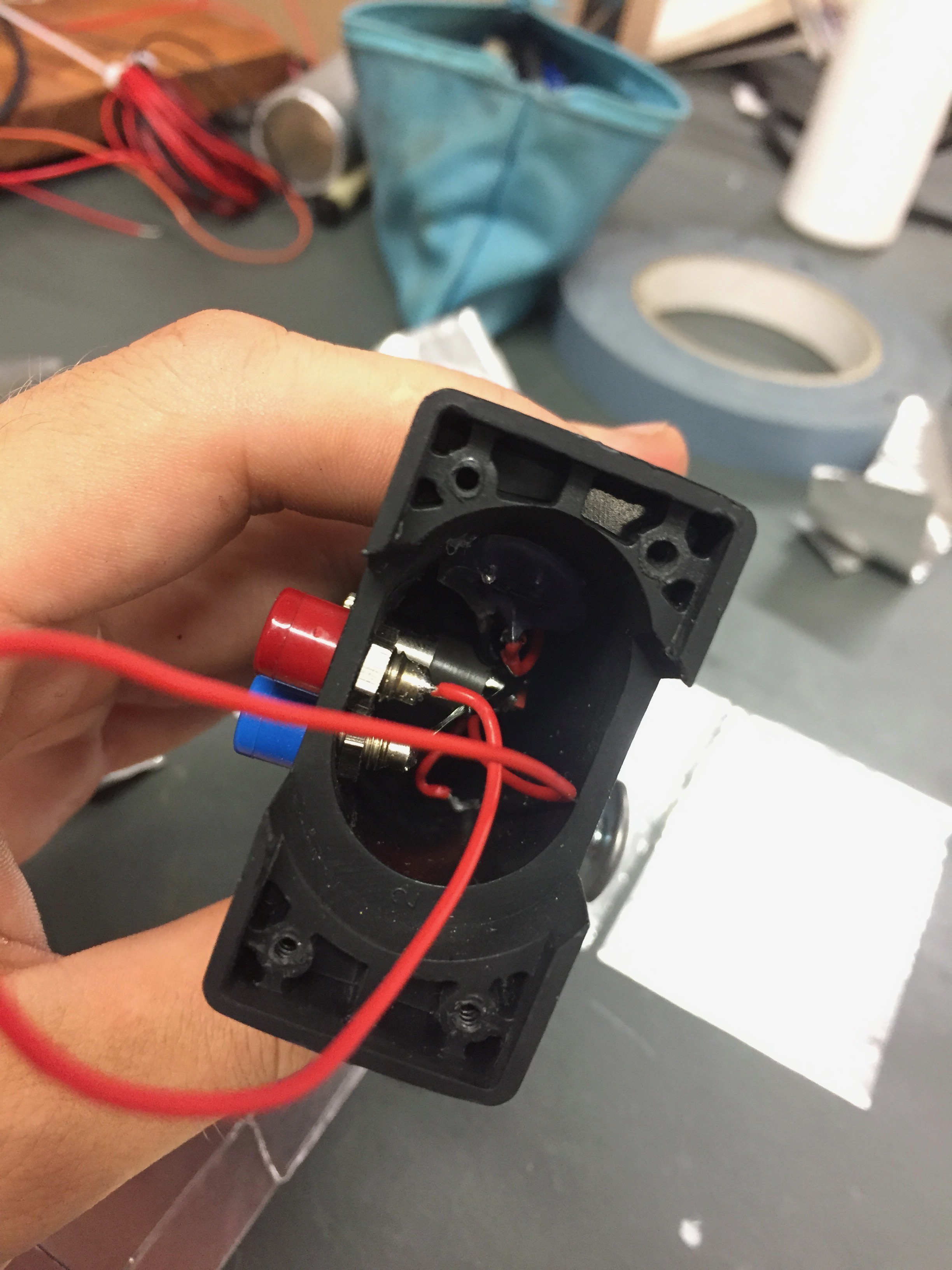

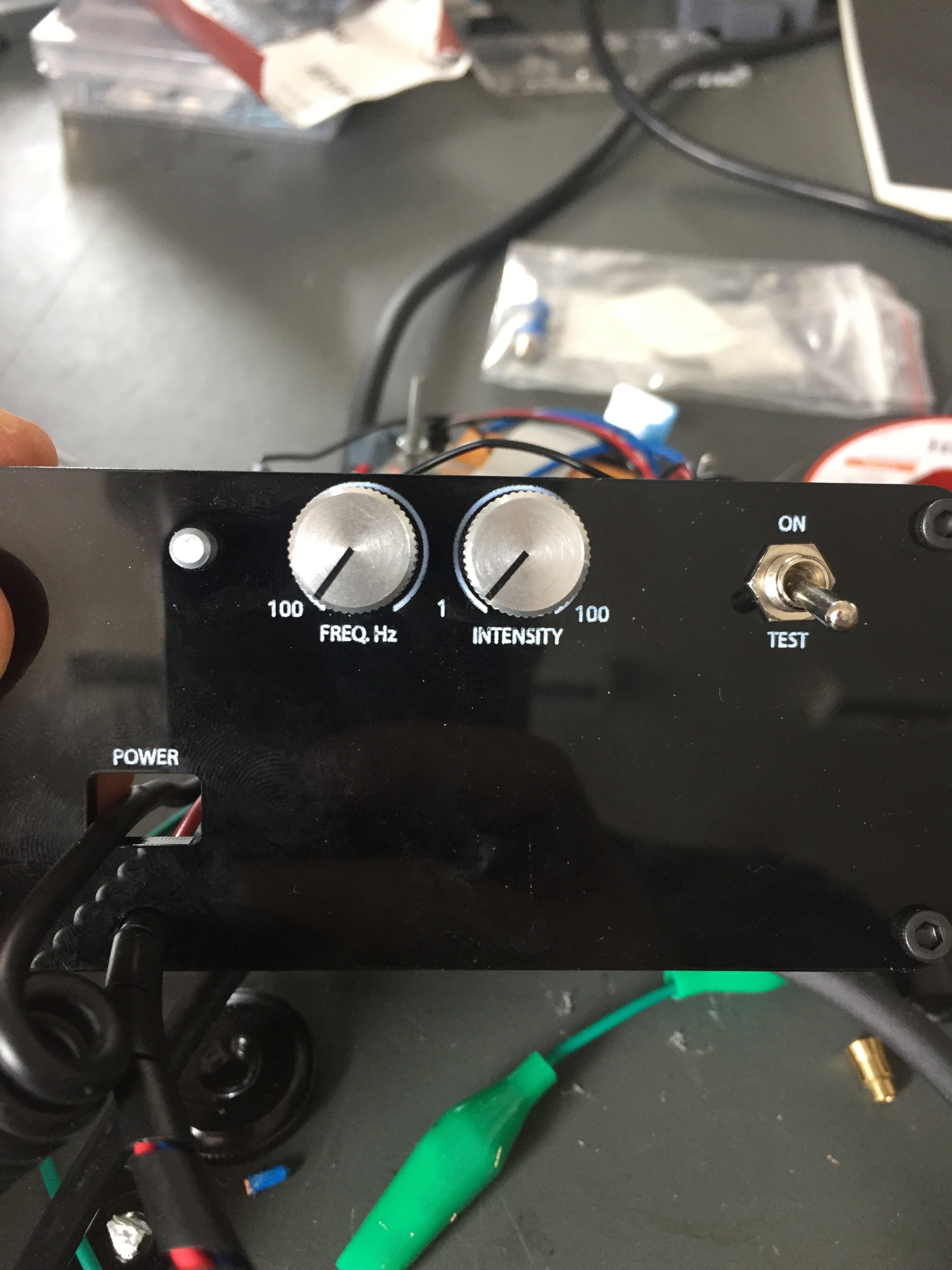

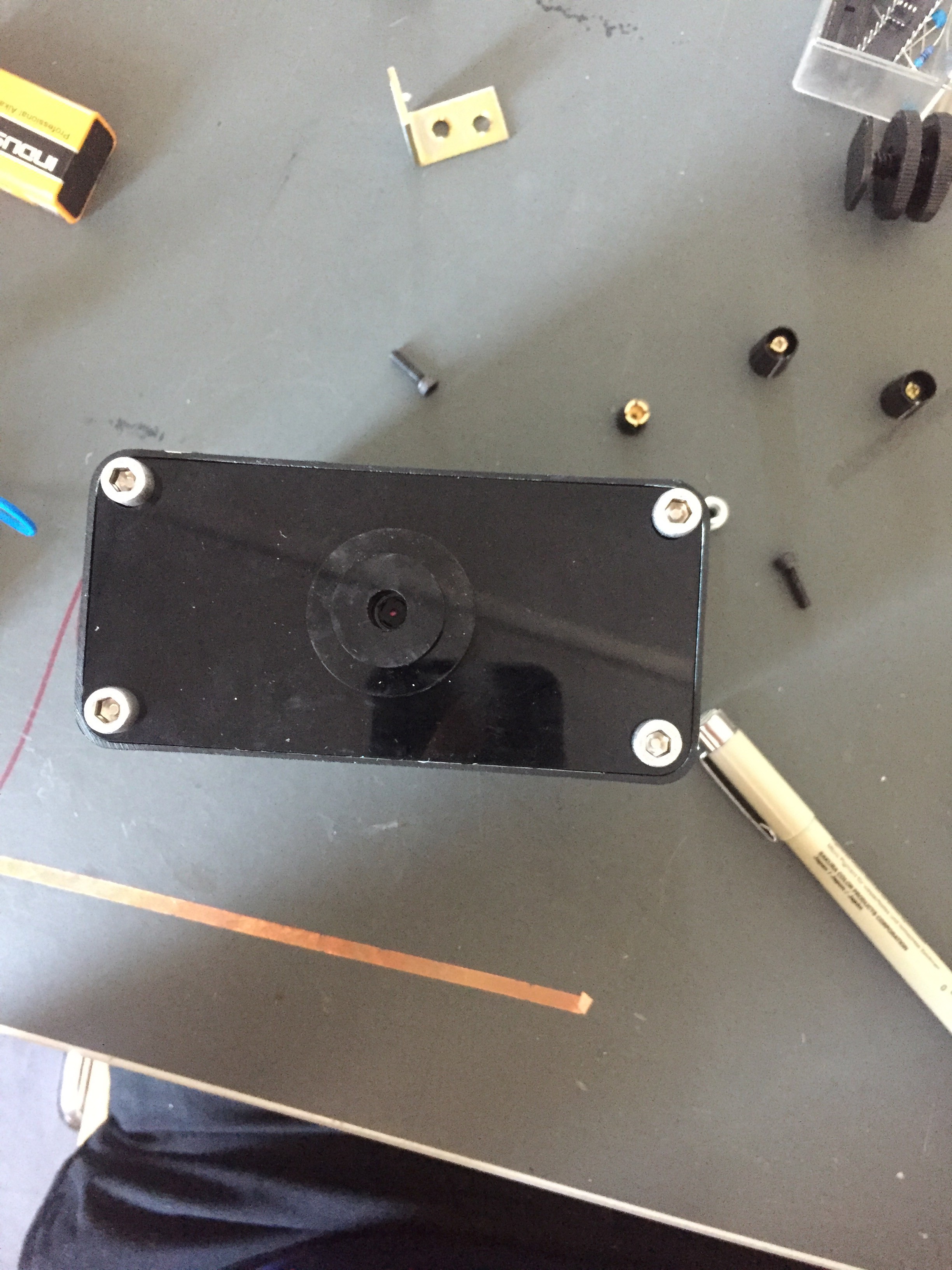
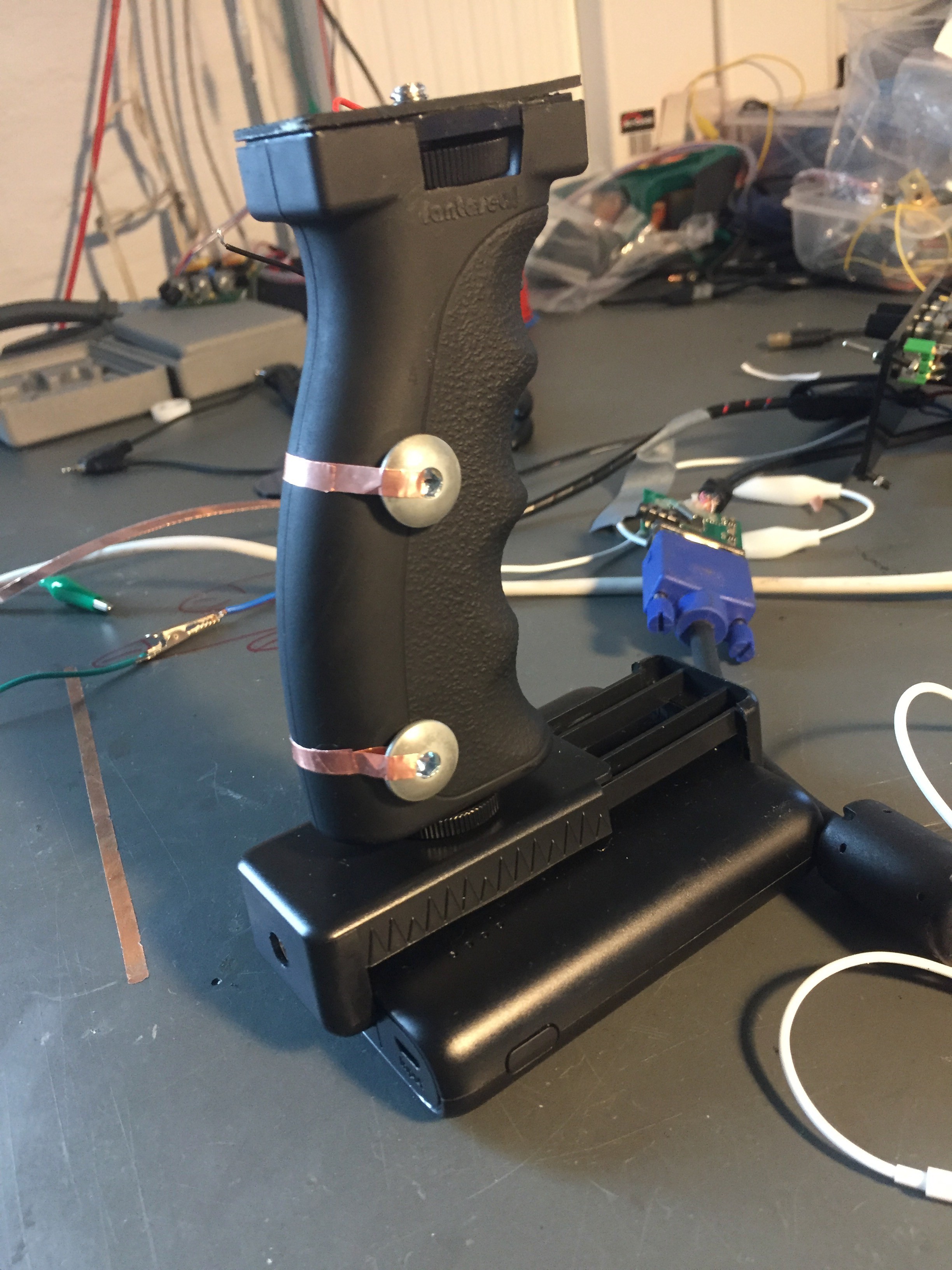
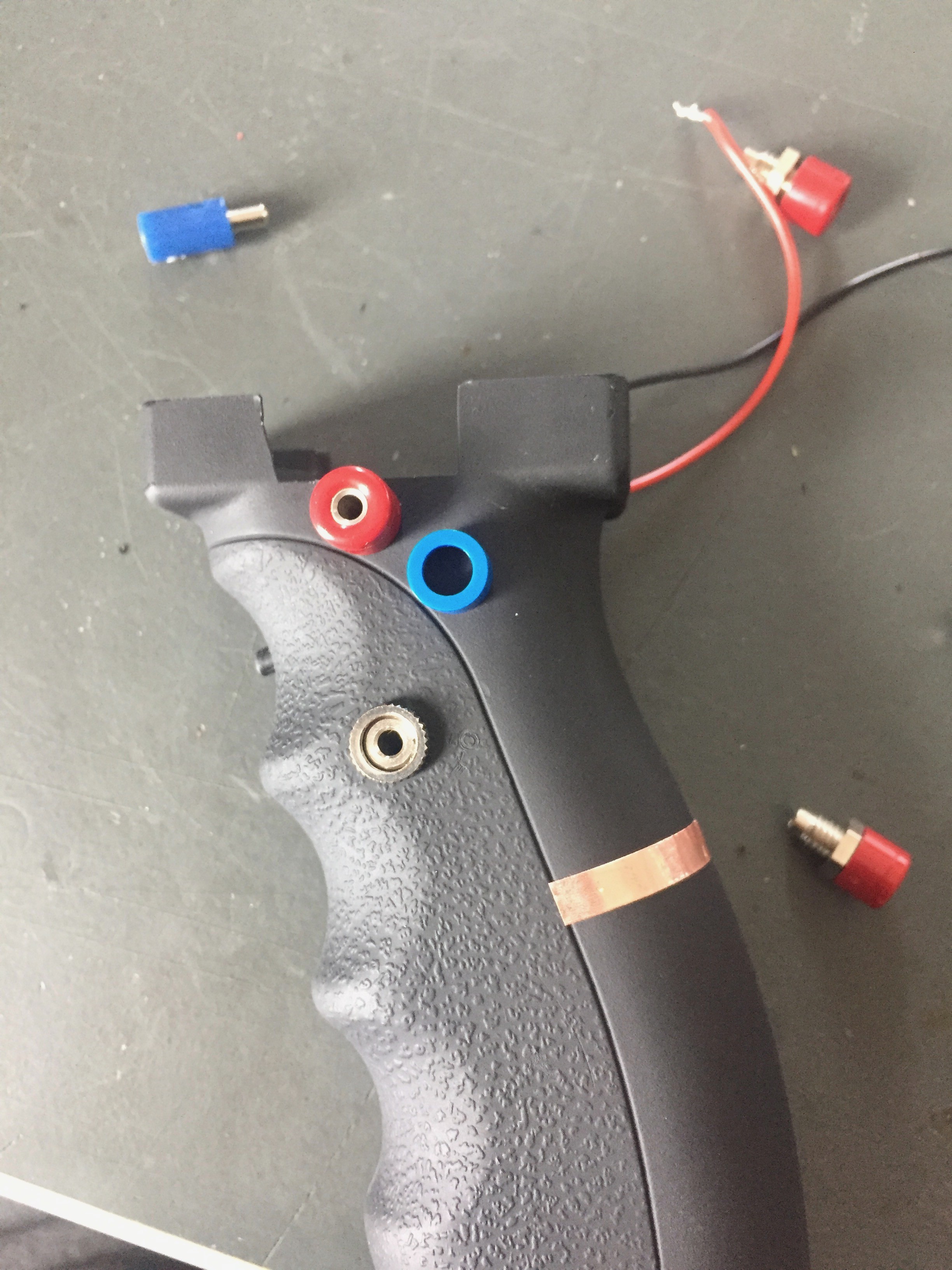
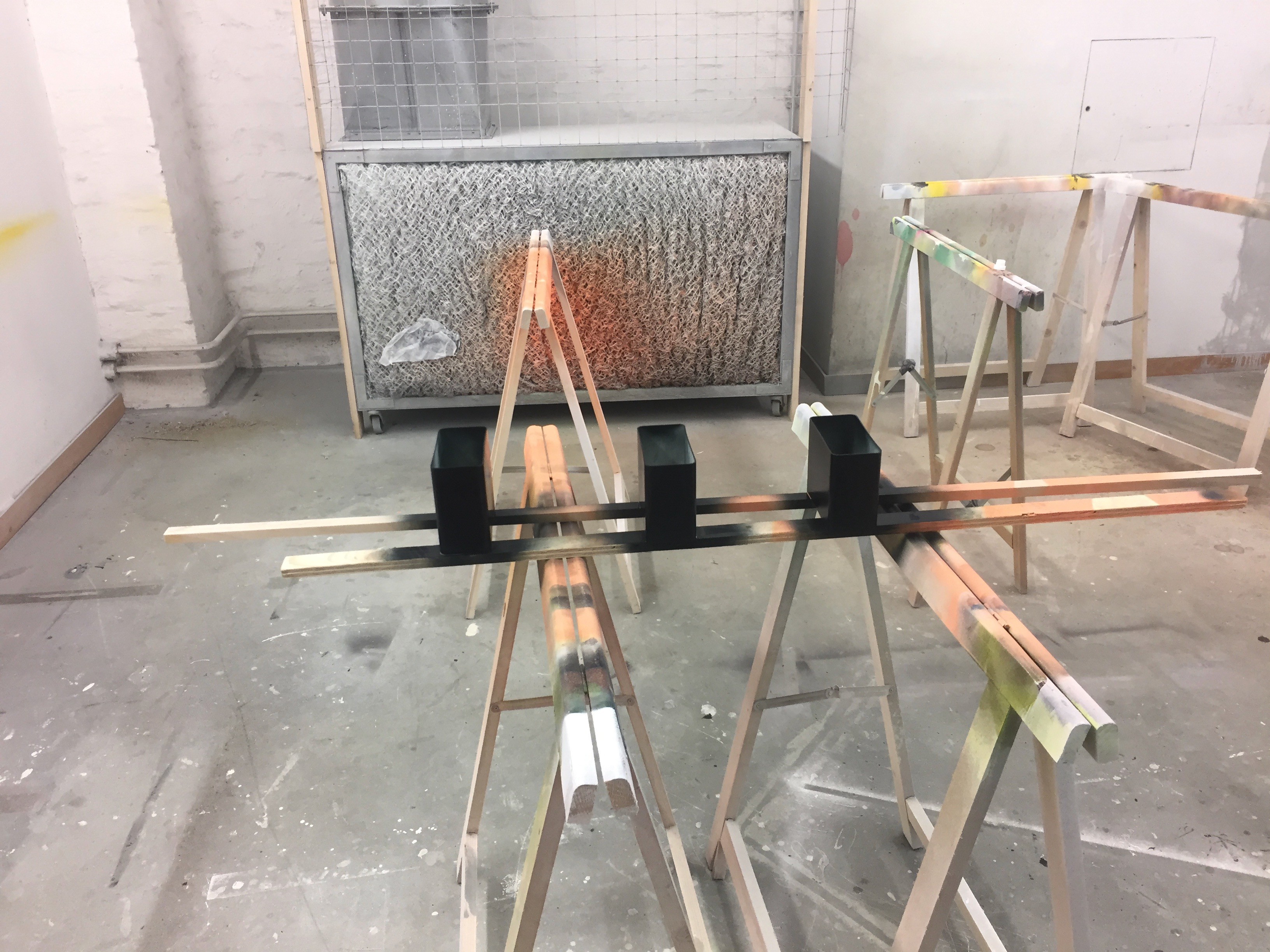
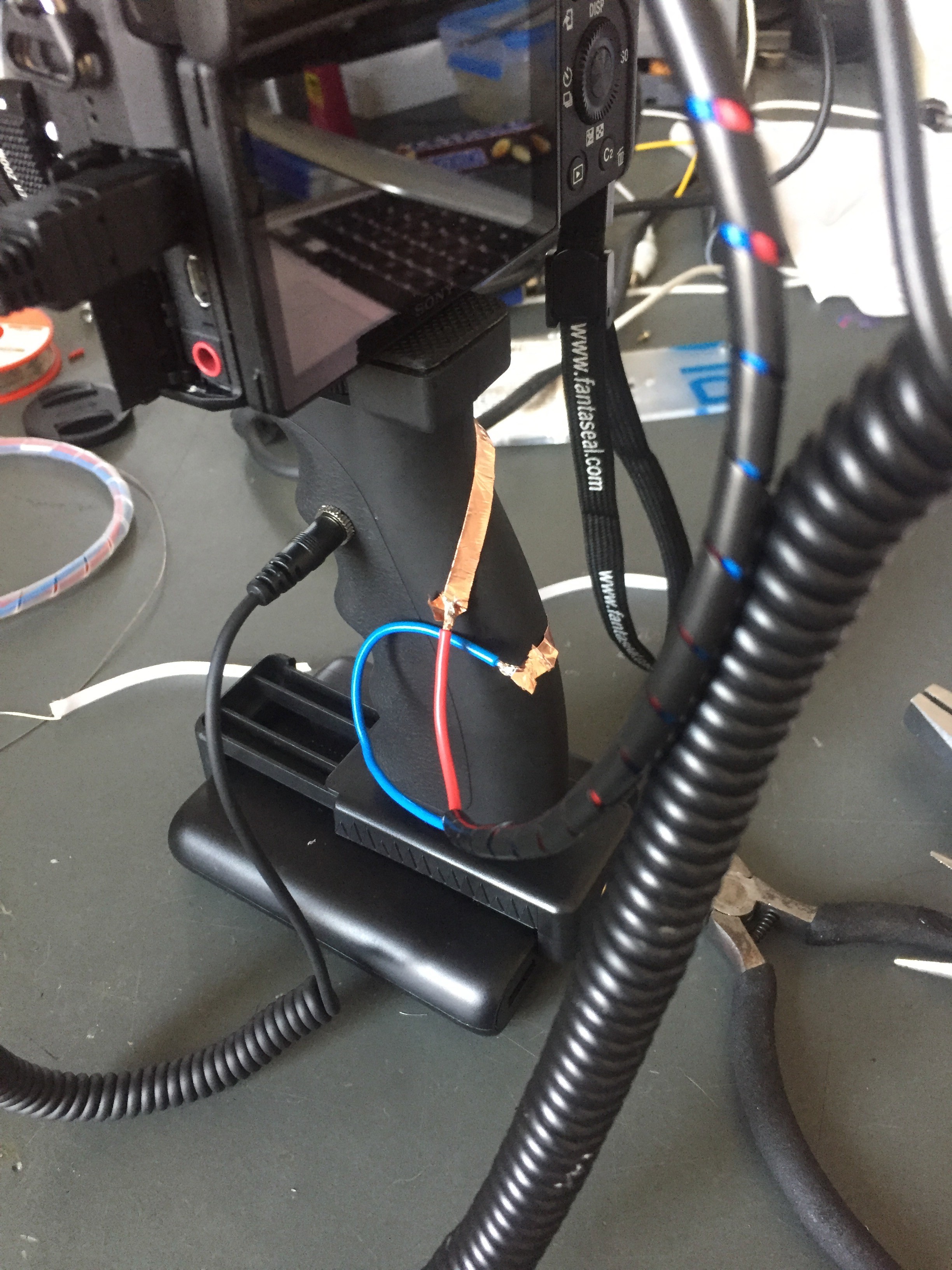
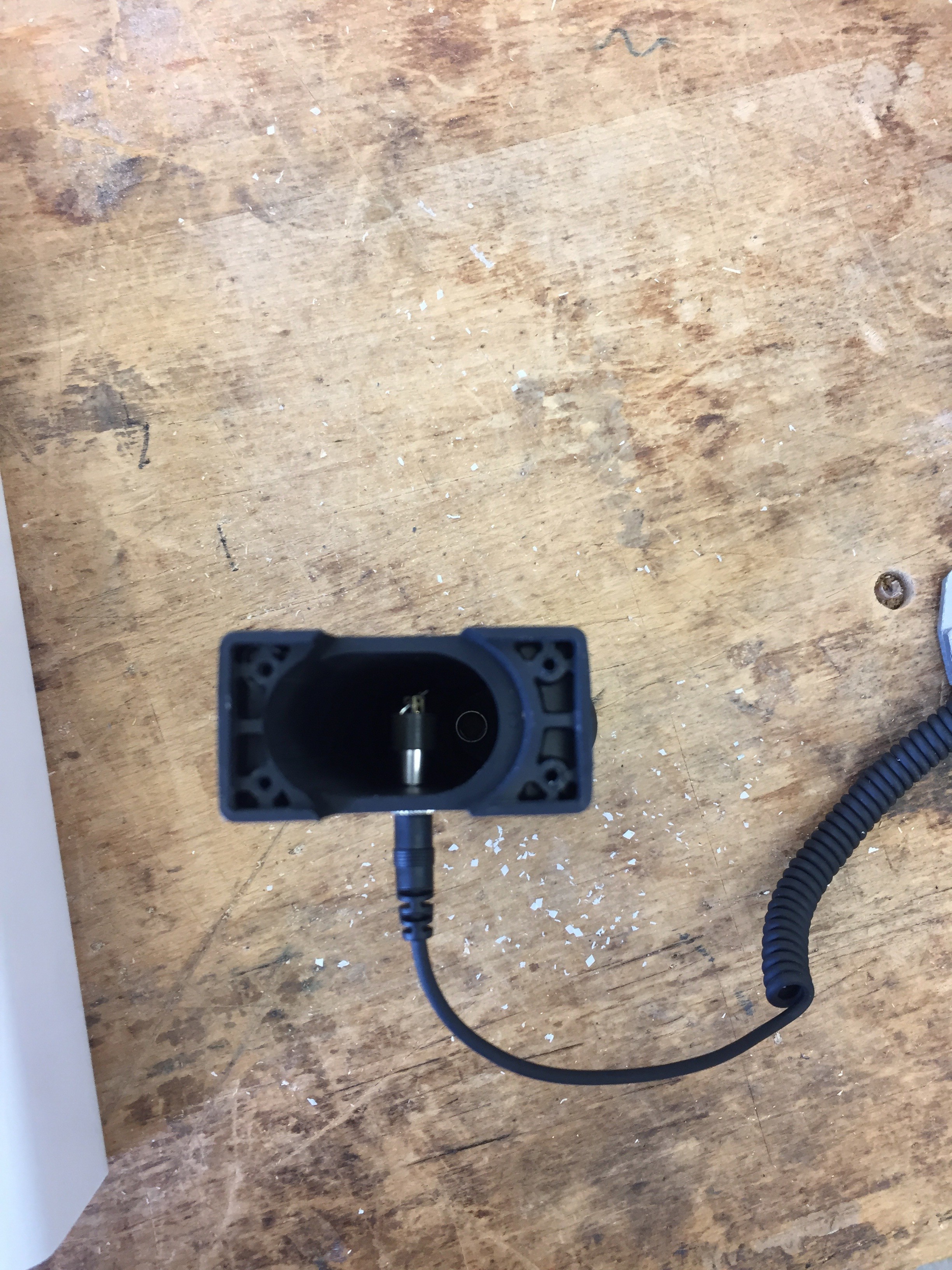

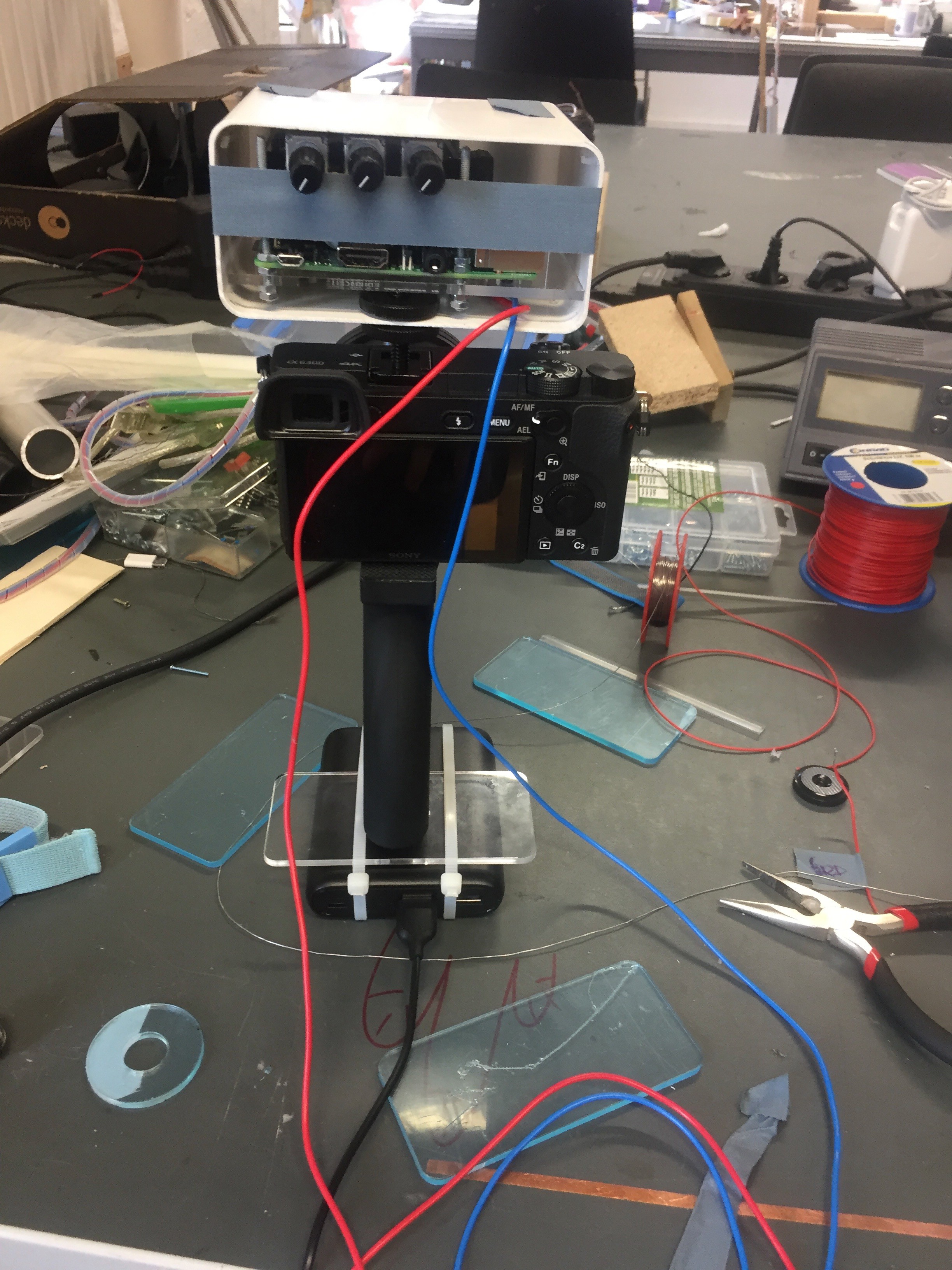
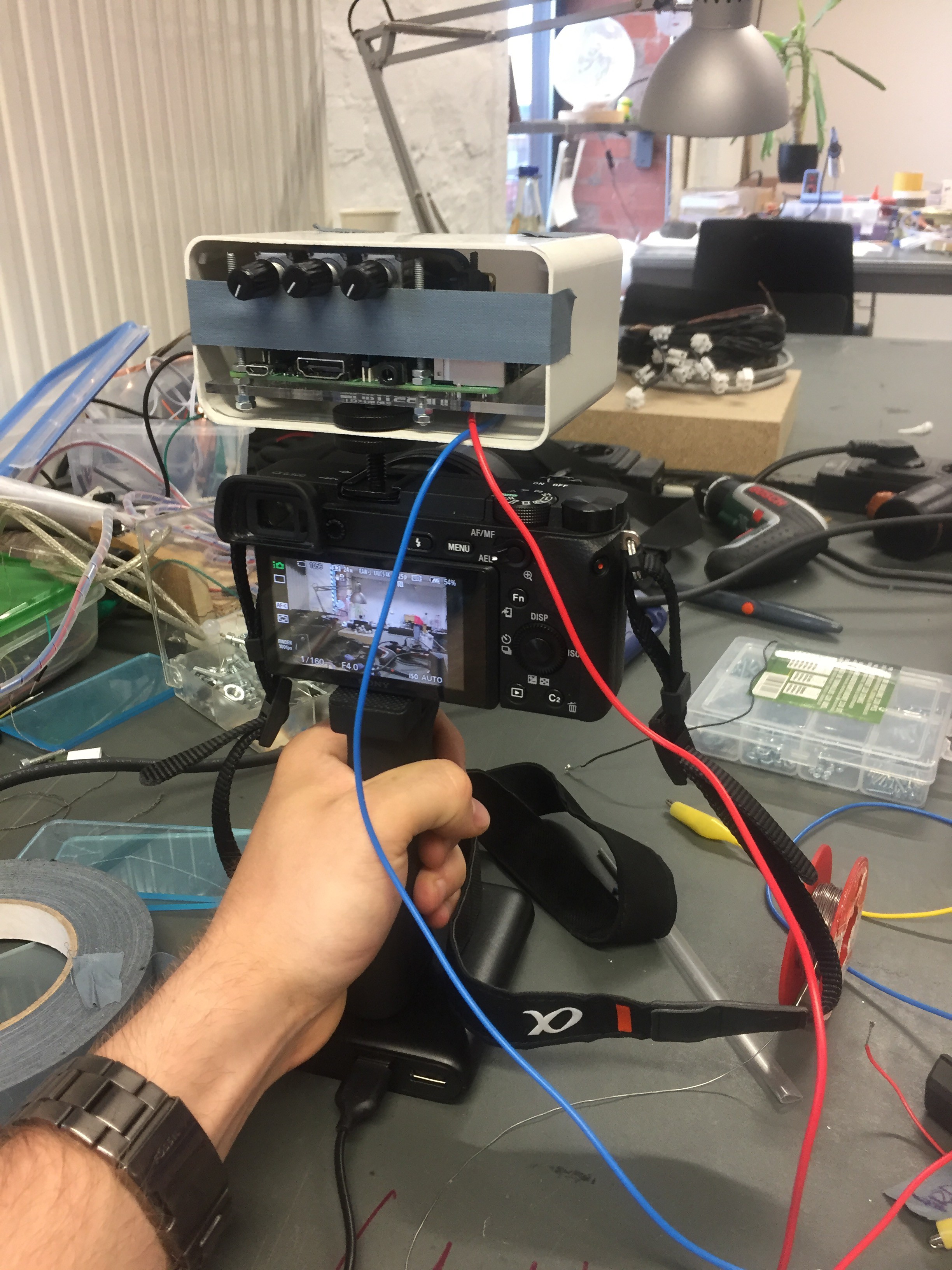

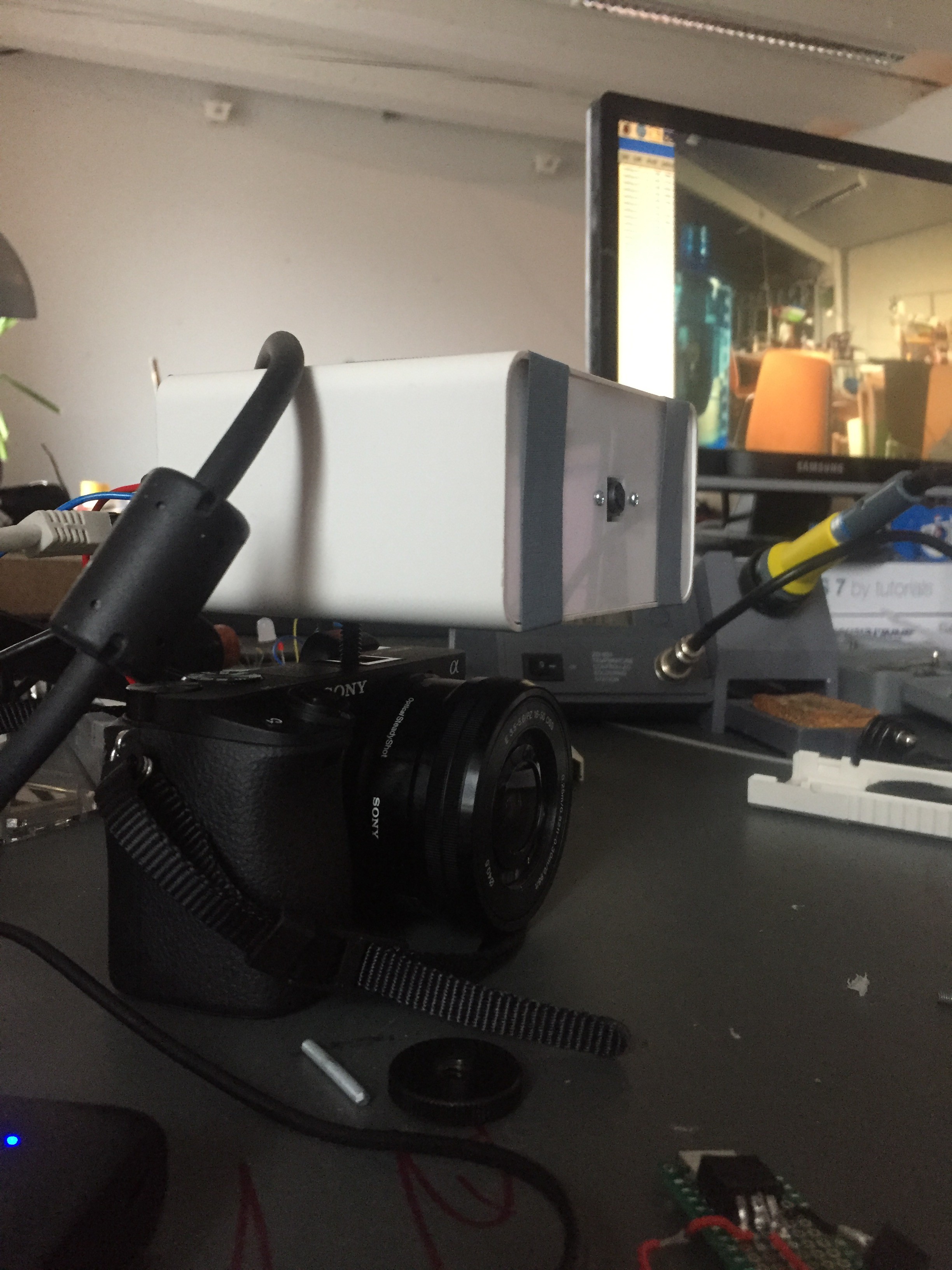
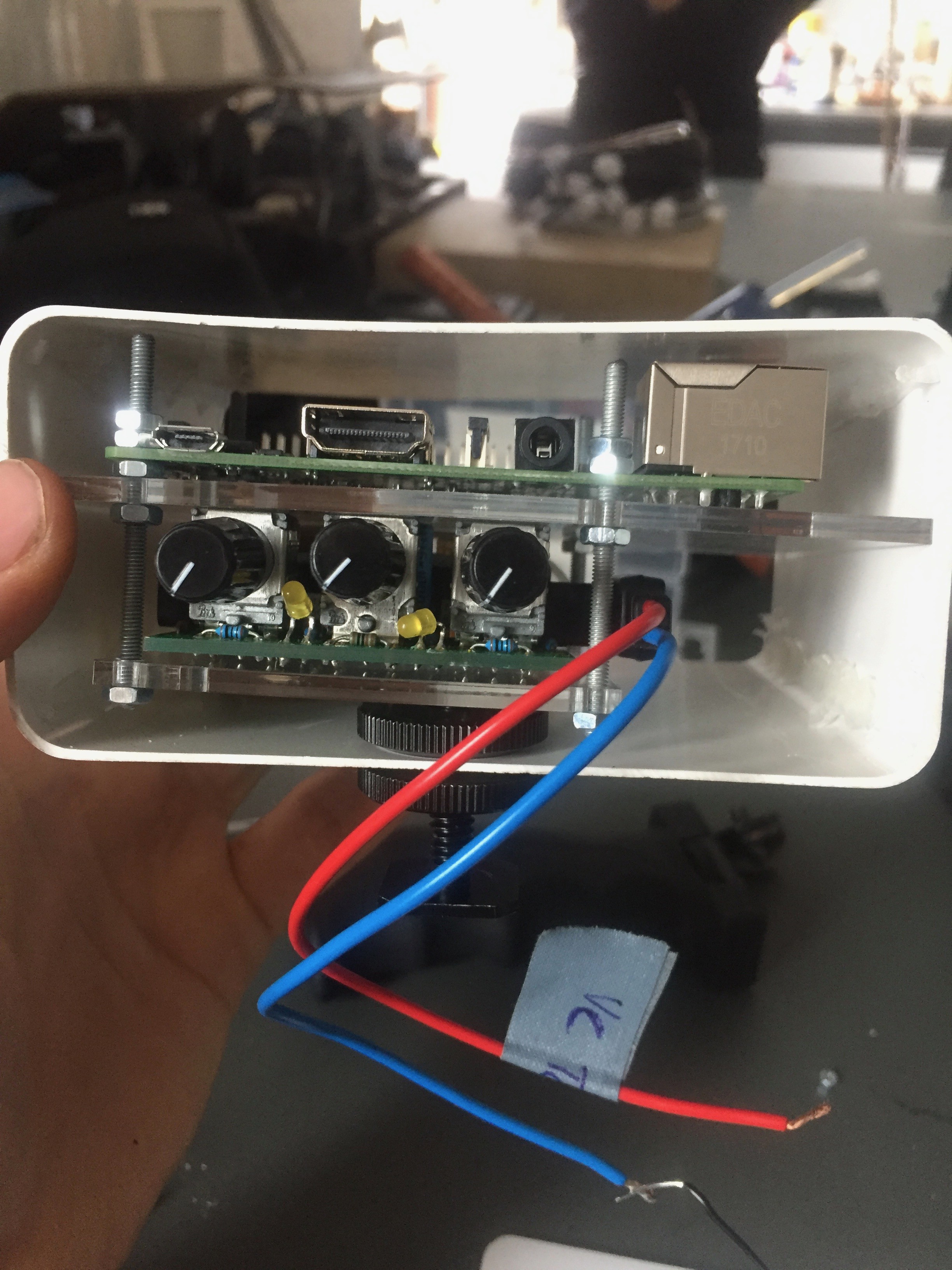
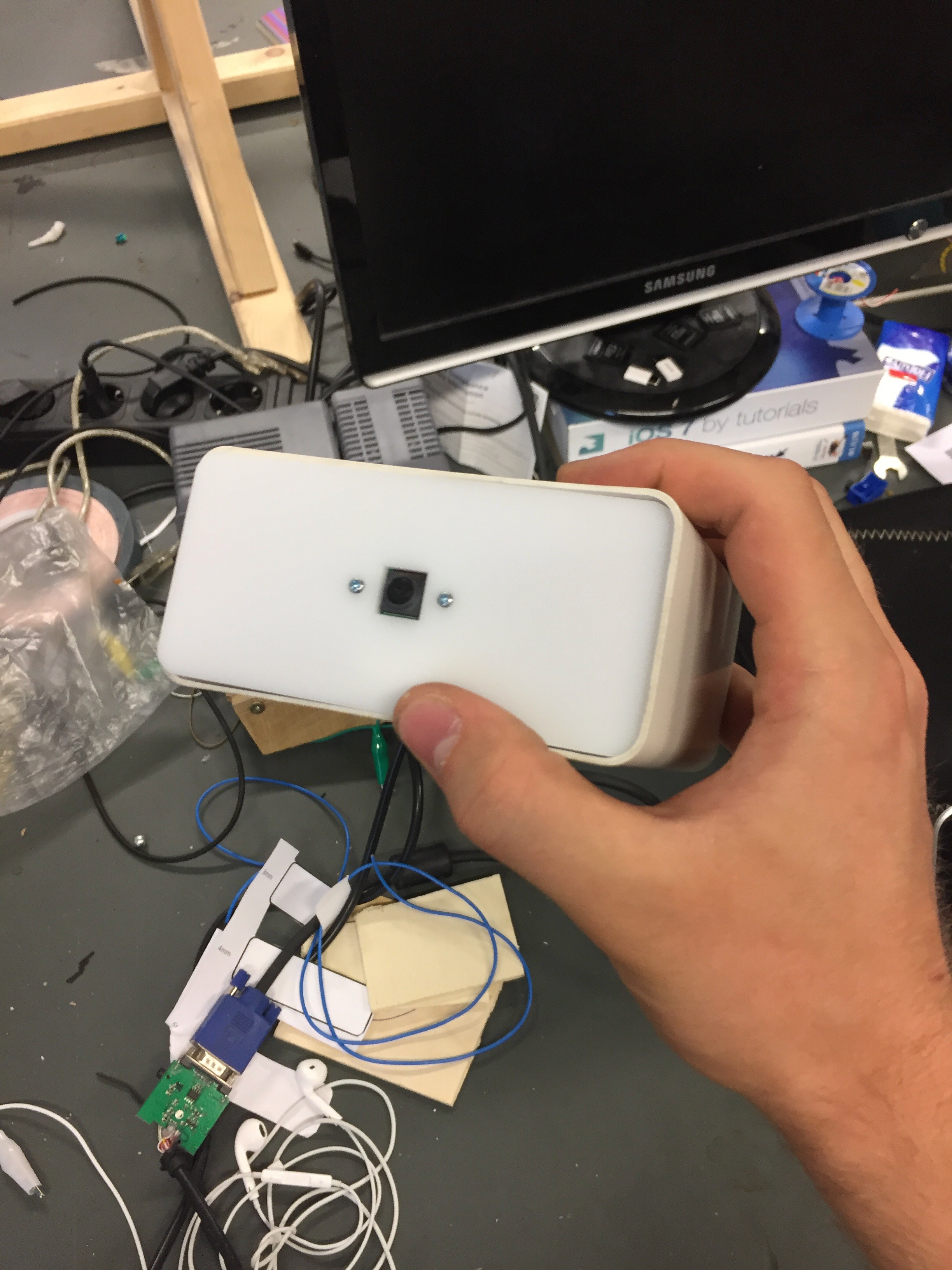

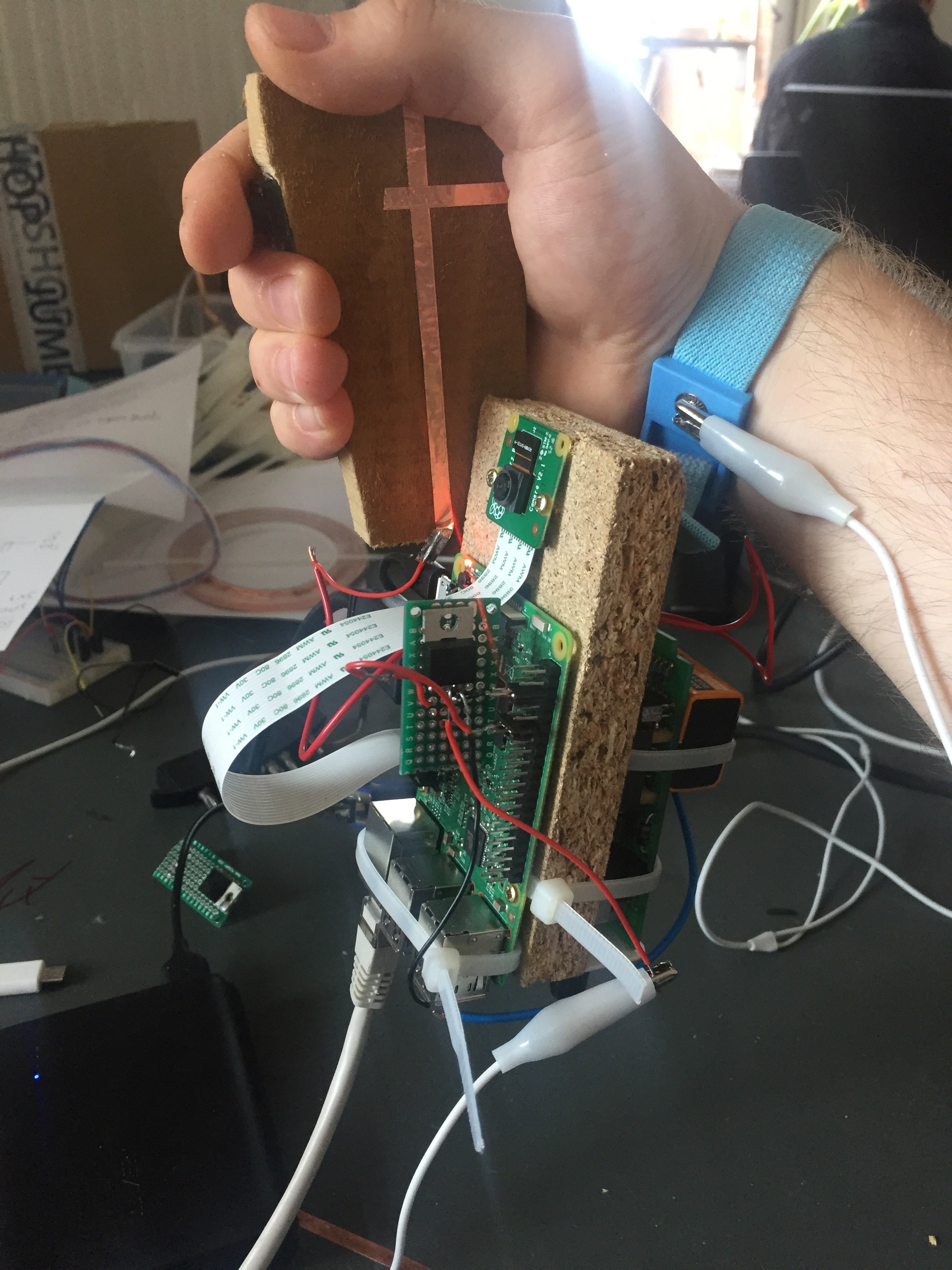

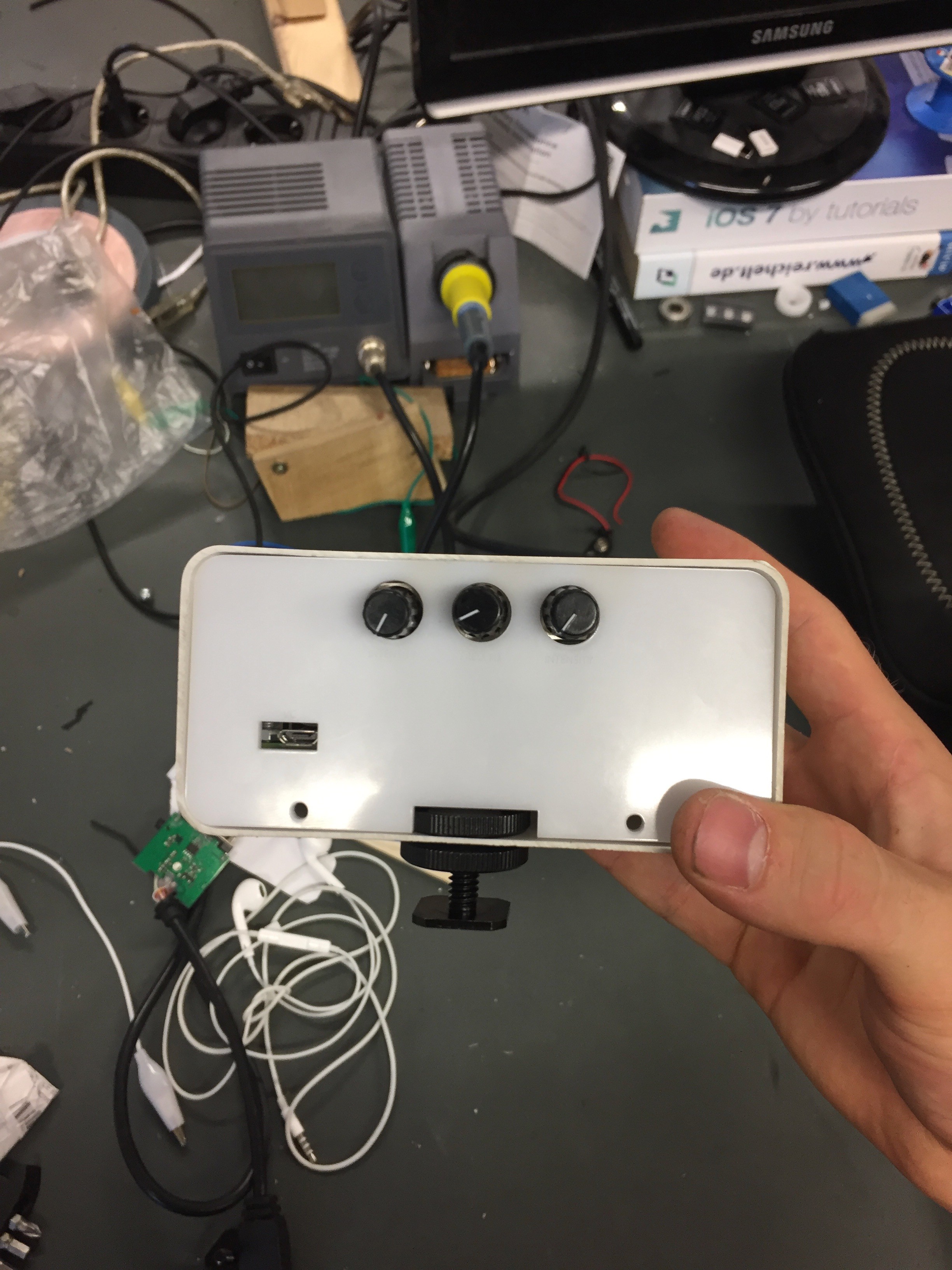
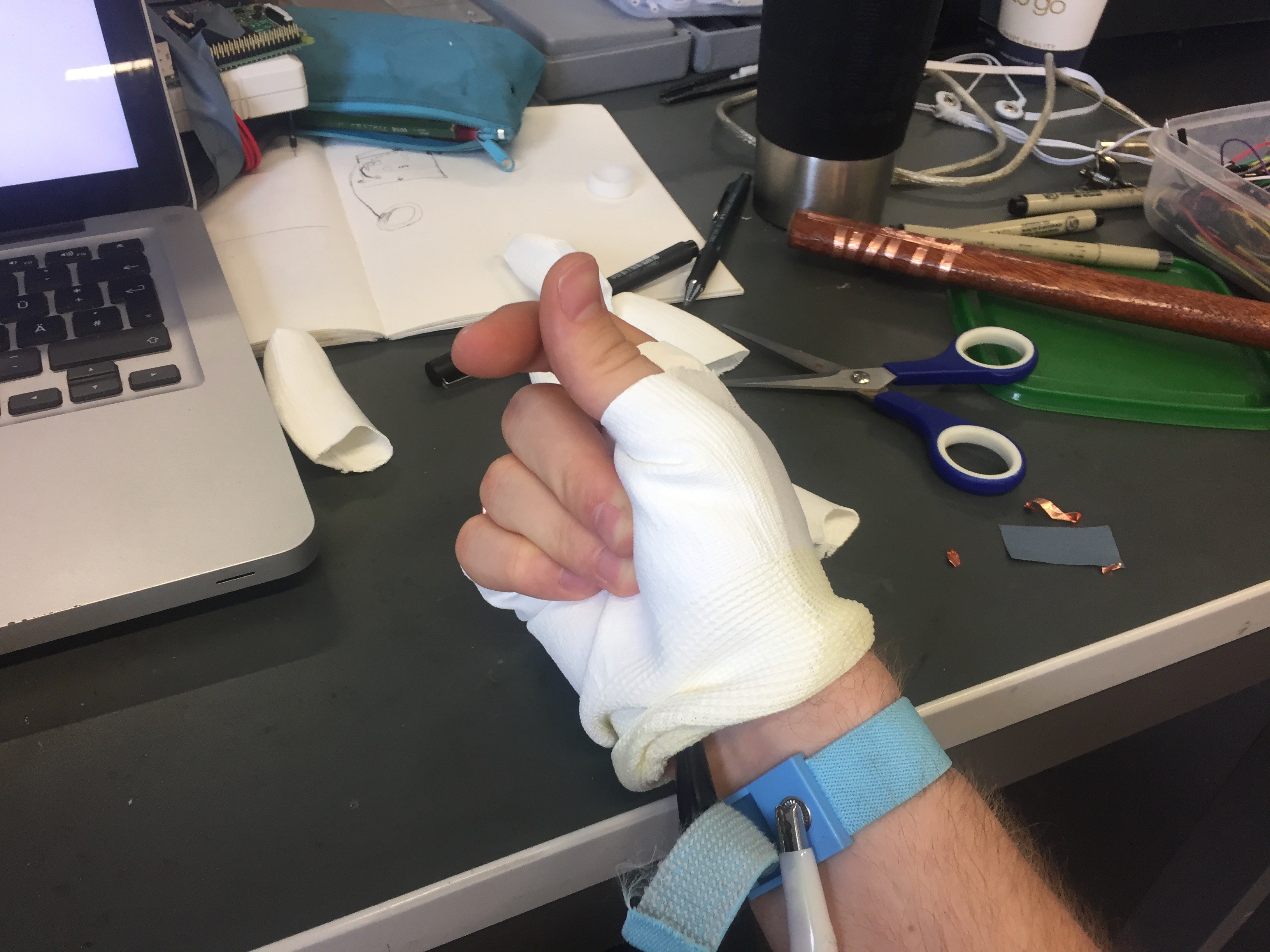

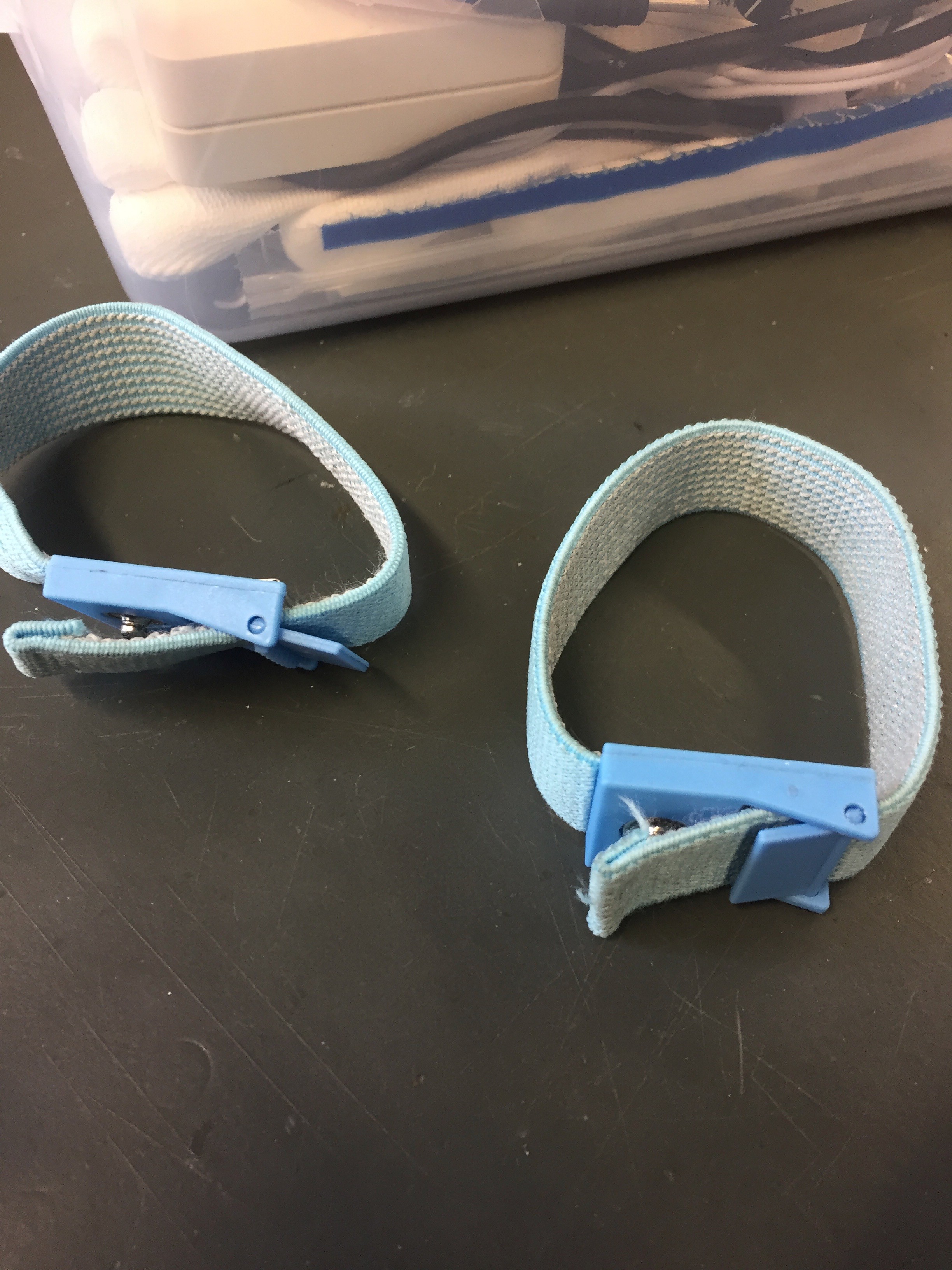
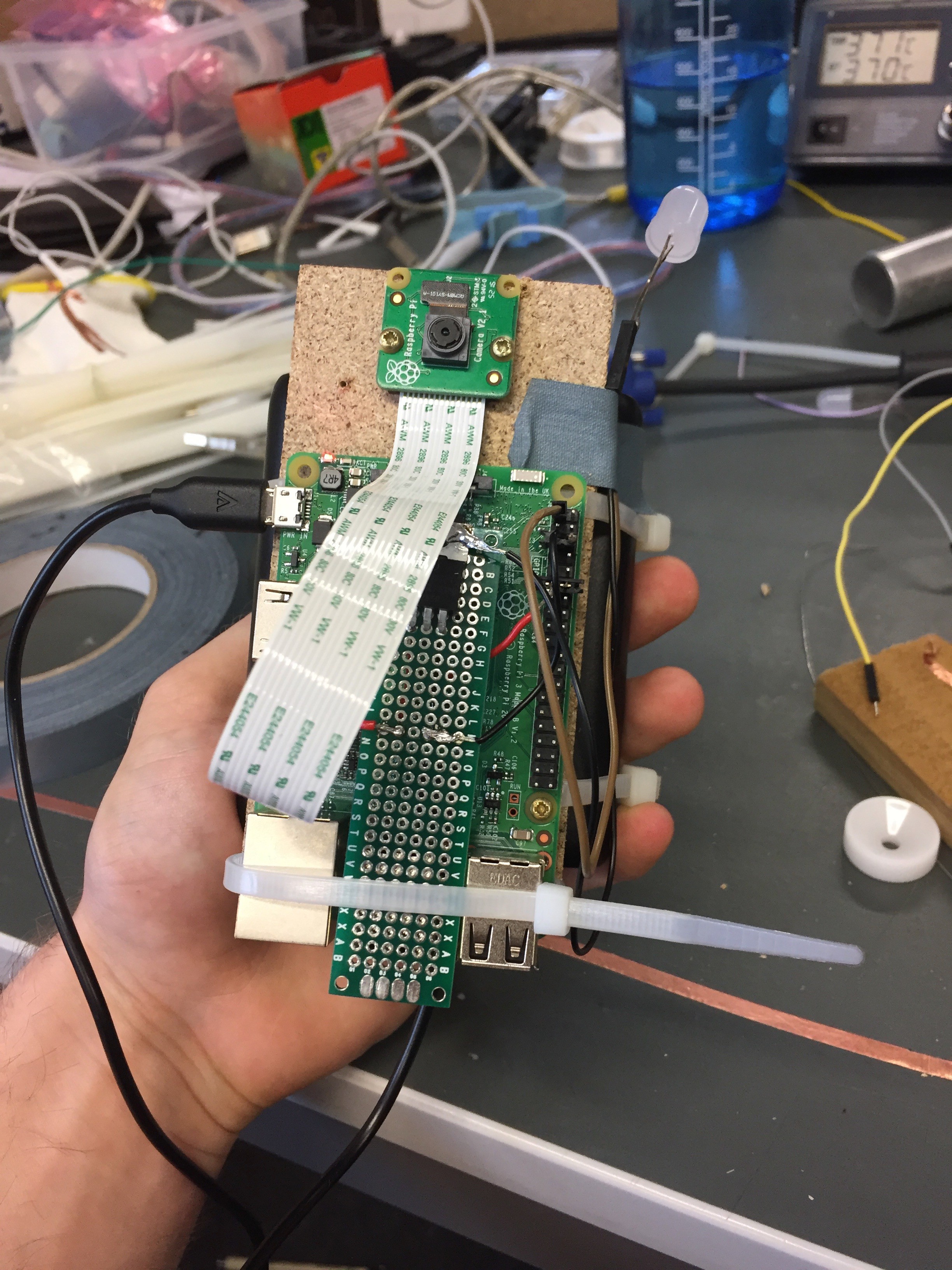
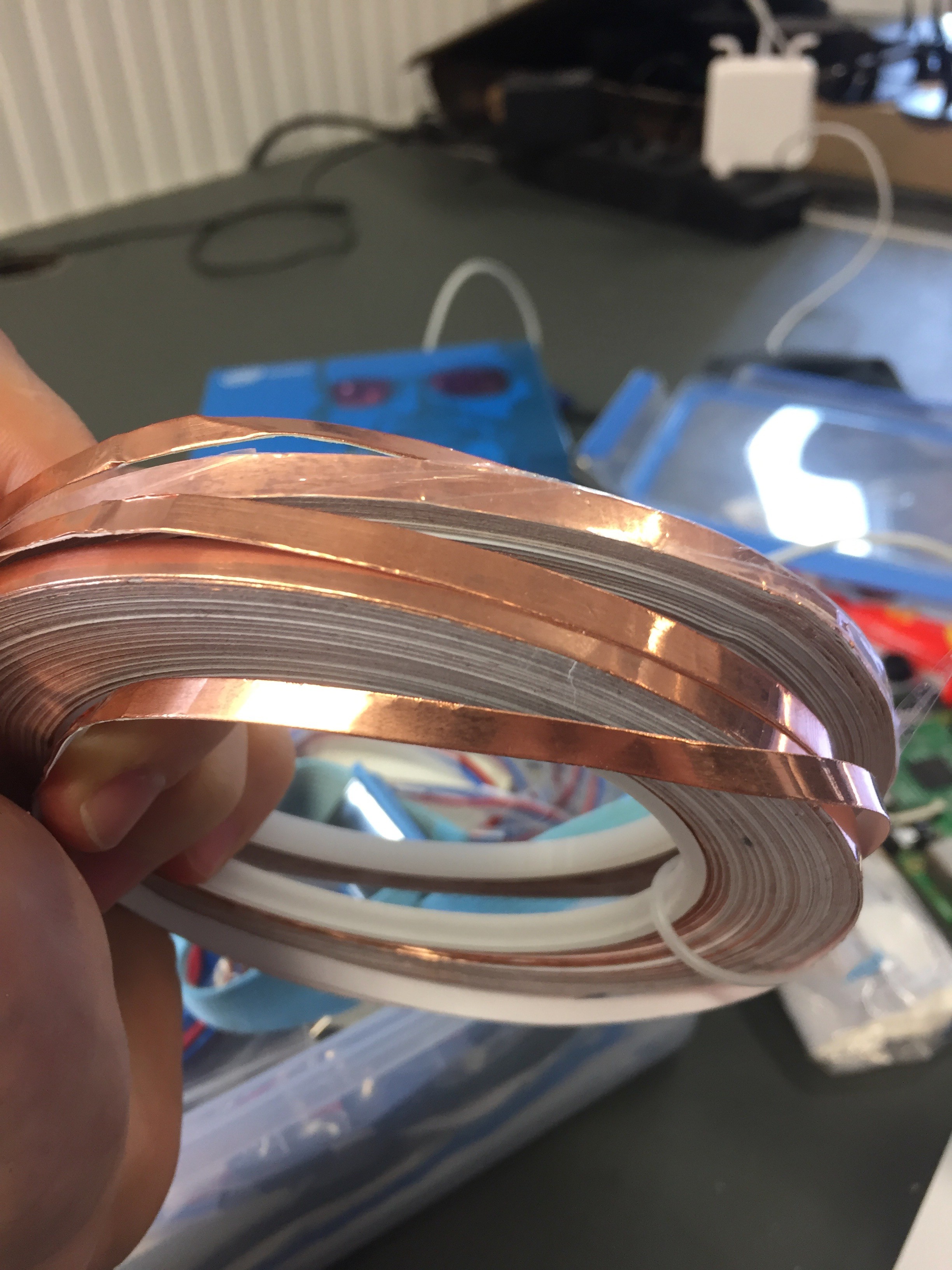


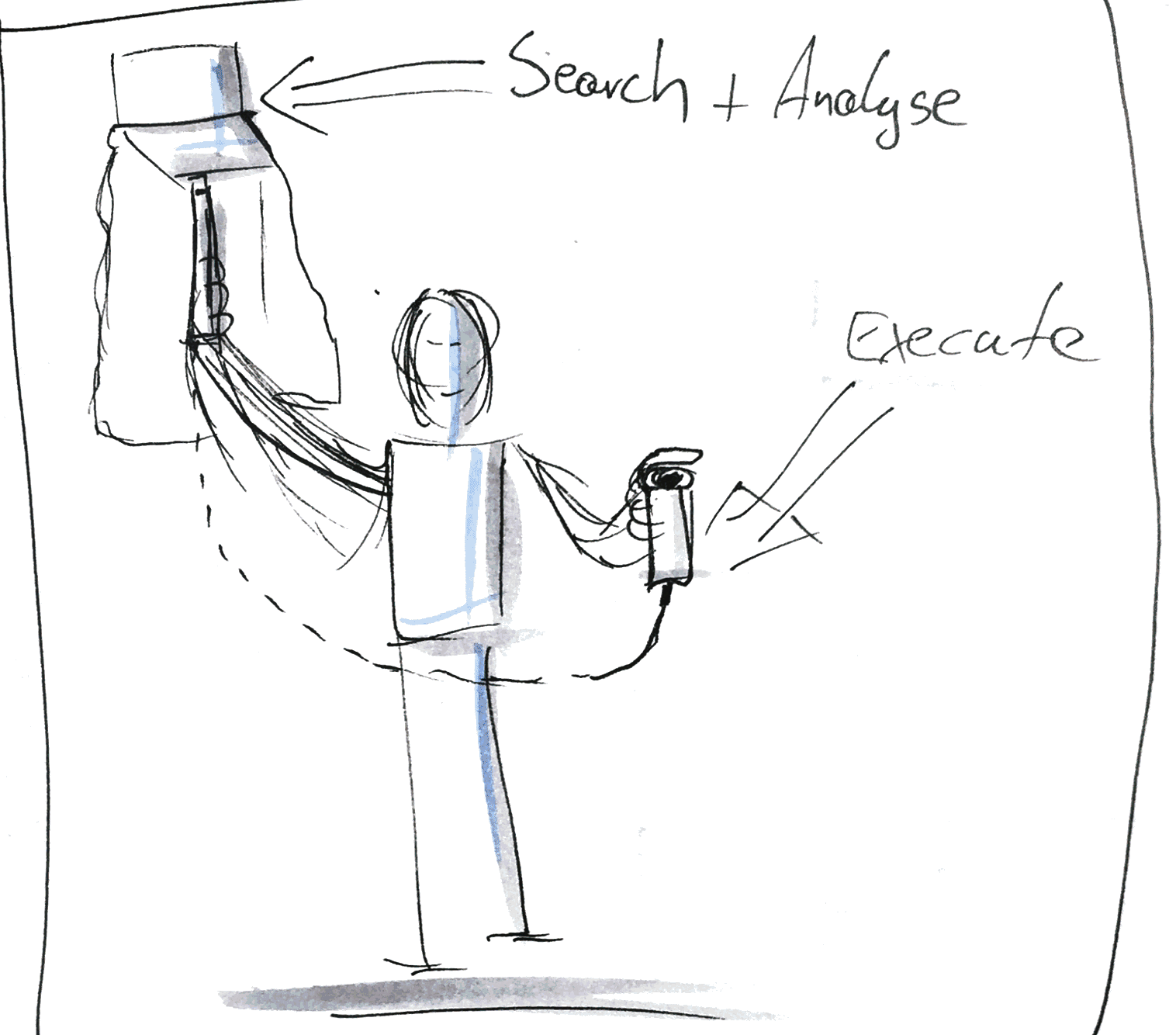
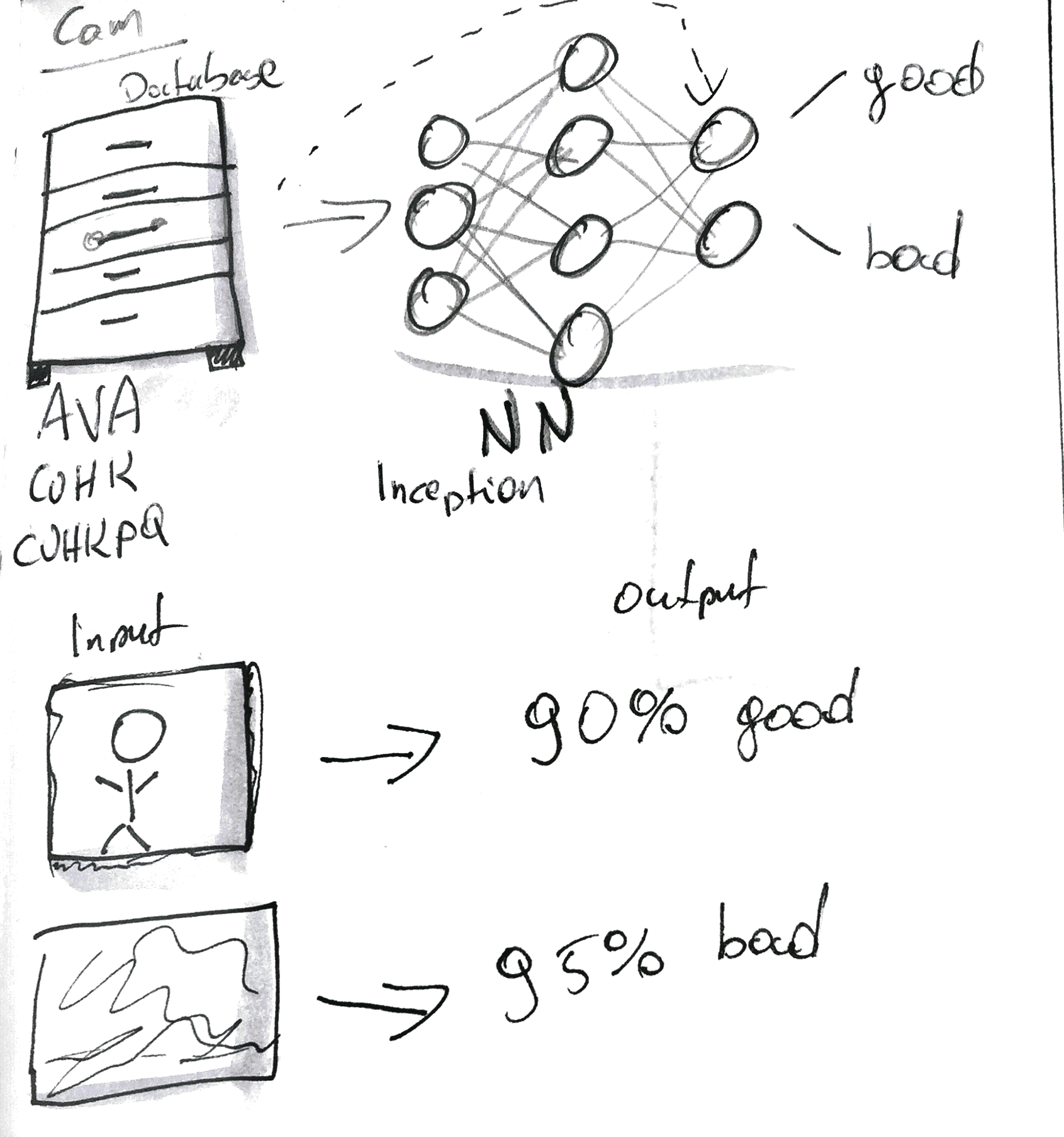

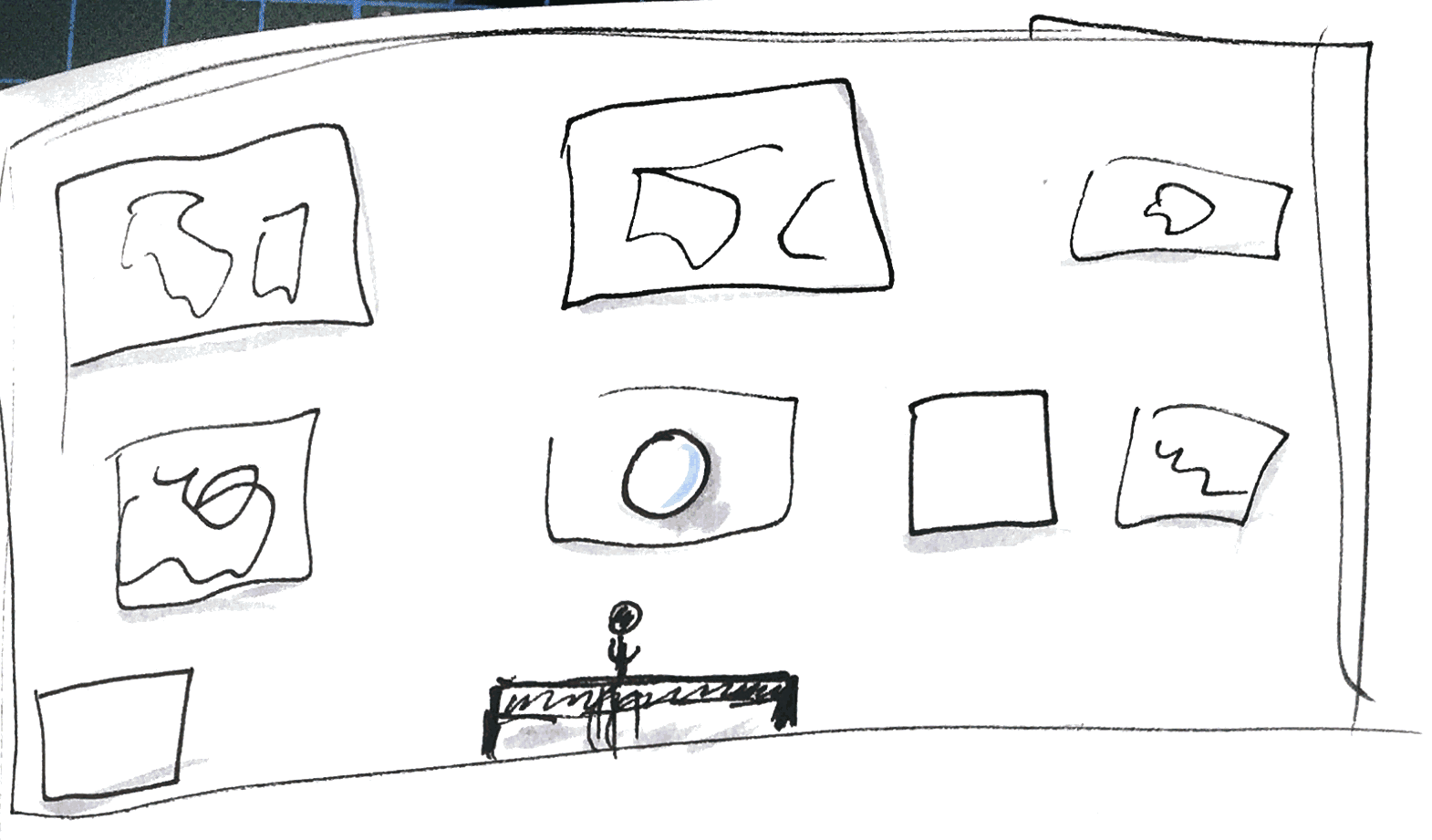



"Capturing life's essence in 30 frames per second: The artistry of a photographer. Through lenses, they paint stories, freeze moments, and unveil the unseen, crafting visual poetry with each click." YOU can here seehttps://eternitystudio.fr/